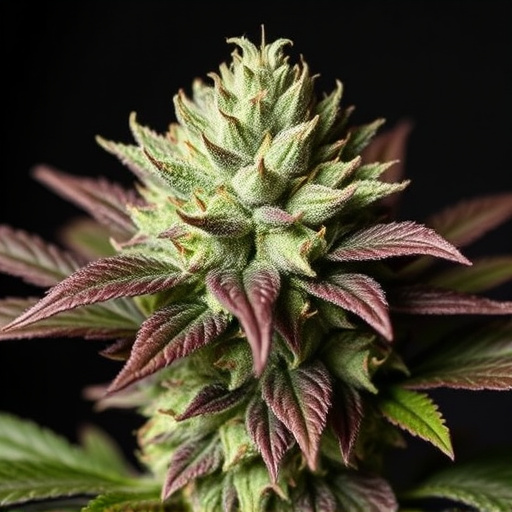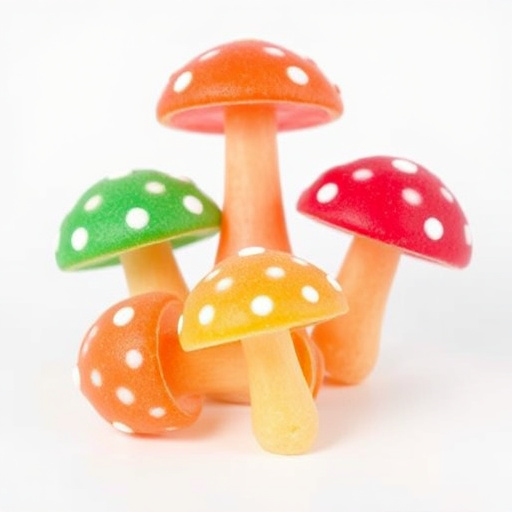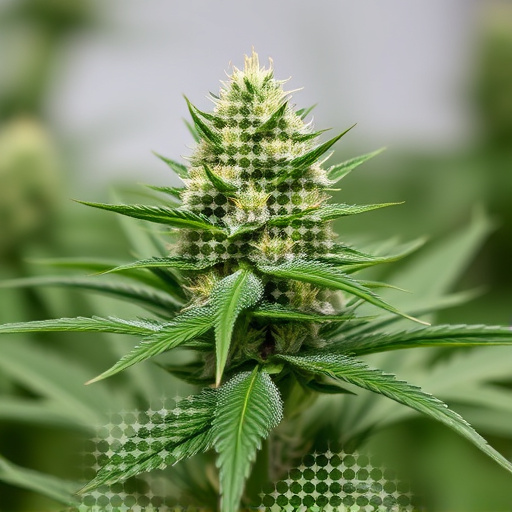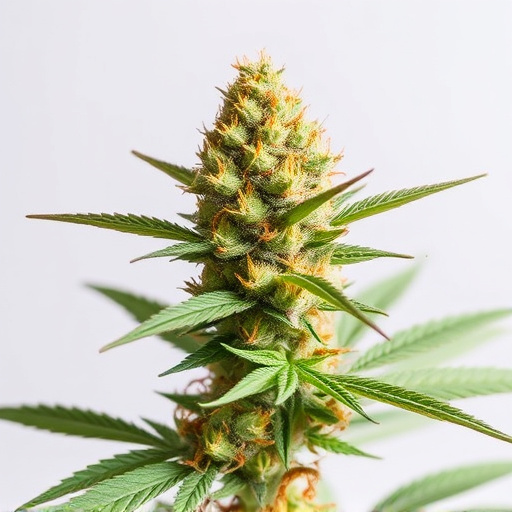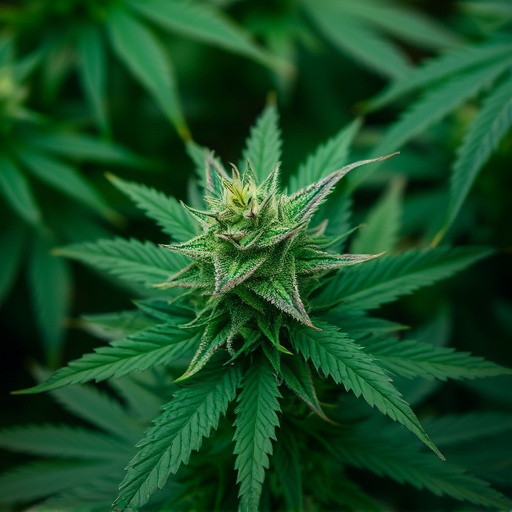Cannabis strains vary in their cannabinoid profiles, with THC and CBD levels determining their effects. Understanding these compositions is crucial for consumers to manage dosage and choose experiences ranging from heightened senses to potential therapeutic benefits. Starting with low doses and increasing gradually is recommended, as individual reactions differ based on personal tolerance, sensitivity, age, weight, and health. Strains high in CBD offer medicinal benefits without psychoactivity, while those rich in THC may produce stronger effects but carry a higher risk of adverse reactions. Always consult healthcare professionals for safe and informed cannabis use.
“Unraveling the safety of cannabis involves a deep dive into its diverse strains and their unique effects. With various compounds and terpenes influencing the experience, understanding specific strains is key. This article guides you through the intricate world of cannabis, focusing on safe dosage limits. We explore how different strains impact users differently and highlight critical considerations for determining personal limits. By balancing risks and benefits, individuals can make informed choices, ensuring a responsible and enjoyable cannabis experience.”
- Understanding Cannabis Strains and Their Effects
- Exploring Safety Limits: Dosage Considerations
- Balancing Risks and Benefits: Individual Factors to Keep in Mind
Understanding Cannabis Strains and Their Effects
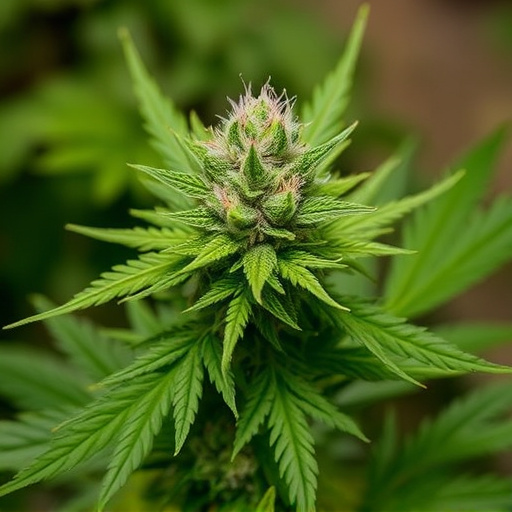
Cannabis is a diverse plant with various chemical compounds, known as cannabinoids, that contribute to its unique effects on the body and mind. Understanding cannabis strains and their specific cannabinoid profiles is essential when considering safe dosage limits. Different strains have varying levels of THC (tetrahydrocannabinol), the primary psychoactive compound responsible for most of cannabis’ well-known effects, such as heightened senses and altered time perception.
Each strain also offers unique ratios of THC to CBD (cannabidiol), another non-psychoactive cannabinoid with potential therapeutic benefits. For instance, some strains are bred for higher CBD content, which may help reduce anxiety and inflammation without the mental impairment associated with high THC doses. As such, knowing a particular strain’s effects and its cannabinoid makeup is crucial for consumers to make informed decisions about their consumption and maintain control over their experience.
Exploring Safety Limits: Dosage Considerations
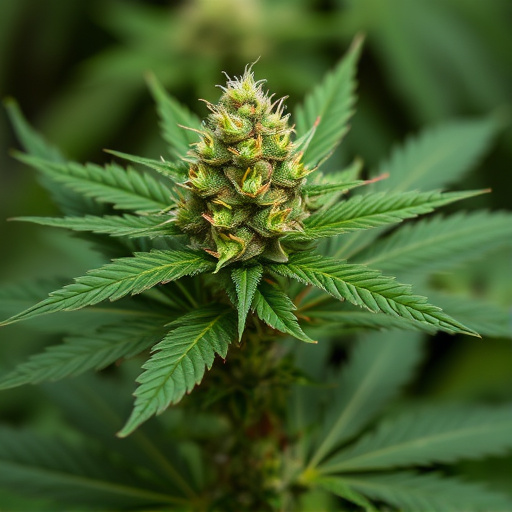
When exploring the safety limits of cannabis, dosage considerations are paramount. The effects of cannabis strains vary greatly based on factors like THC and CBD content, as well as individual tolerance and sensitivity. What’s considered a safe dose for one person might be too strong for another. Studies suggest that low doses, typically containing less than 10mg of THC, can offer therapeutic benefits without significant side effects for many users. However, it’s crucial to start with smaller amounts and gradually increase based on personal comfort and observed effects.
Cannabis strains known for their higher CBD content are often sought after for their potential medicinal benefits with minimal psychoactive effects. Conversely, strains rich in THC may produce more intense effects but also carry a higher risk of adverse reactions, particularly at higher dosages. Given the ongoing research into cannabis, understanding safe dosage limits remains evolving, emphasizing the importance of responsible use and seeking expert advice when needed.
Balancing Risks and Benefits: Individual Factors to Keep in Mind
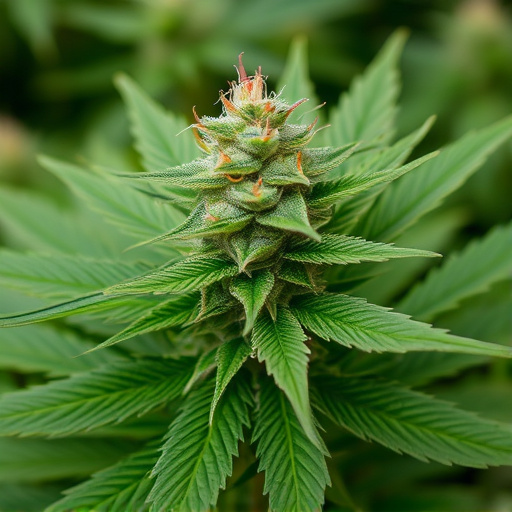
When considering cannabis consumption, balancing risks and benefits is crucial. The effects of cannabis strains vary greatly depending on individual factors such as age, weight, metabolism, tolerance, and overall health. Younger individuals may be more susceptible to psychological effects like anxiety or paranoia, while older adults might experience greater risk of cognitive impairment. People with pre-existing mental health conditions should exercise extreme caution due to the potential to exacerbate symptoms. Similarly, those with cardiovascular issues may face increased heart rate and blood pressure, requiring careful monitoring. It’s important to start with a low dosage and gradually increase as needed, taking into account personal responses and seeking guidance from healthcare professionals if necessary.
When it comes to cannabis, understanding the intricate relationship between its various strains and their distinct effects is paramount. While exploring safe dosage limits, it’s evident that individual factors play a pivotal role in balancing risks and benefits. Each person’s unique biochemistry and tolerance level dictates how they interact with cannabis. Therefore, a one-size-fits-all approach doesn’t exist, emphasizing the need for cautious experimentation and personalized dosing. By considering these aspects, individuals can navigate the world of cannabis strains effects, ensuring a safer and more enjoyable experience.



